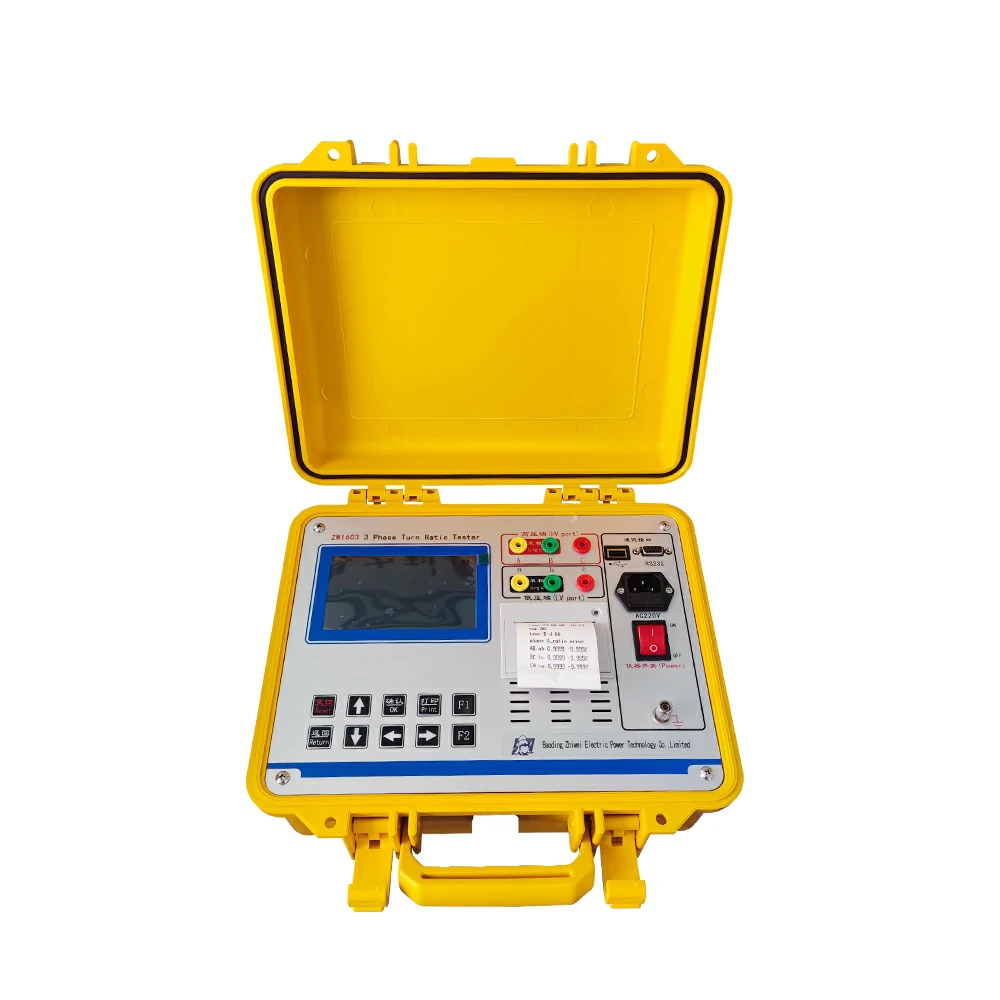The environmental implications of using a transformer turns ratio (TTR) test kit are generally minimal, but there are a few considerations to keep in mind:
- Energy Consumption: TTR test kits typically require electrical power to operate, whether from batteries or mains power. While the energy consumption of individual tests is relatively low, the cumulative energy usage from frequent testing can contribute to overall energy consumption. Using energy-efficient testing equipment and optimizing testing frequency can help minimize this impact.
- Waste Generation: TTR test kits may produce waste in the form of packaging materials, disposable batteries, or obsolete equipment. Proper disposal and recycling of these materials are essential to minimize environmental impact. Choosing test kits with minimal packaging and reusable components can help reduce waste generation.
- Chemical Exposure: Some components of TTR test kits, such as batteries or electronic components, may contain hazardous substances that pose environmental risks if not handled or disposed of properly. It’s important to follow manufacturer guidelines for safe handling, storage, and disposal of these materials to prevent environmental contamination.
- Carbon Emissions: If TTR test kits are manufactured and transported over long distances, they may contribute to carbon emissions associated with manufacturing, transportation, and distribution processes. transformer turns ratio test kit Choosing locally manufactured or regionally sourced products can help reduce carbon emissions associated with supply chain logistics.
- Resource Consumption: The production and disposal of TTR test kits require the consumption of natural resources, including raw materials, energy, and water. Minimizing resource consumption through efficient manufacturing processes, product design optimization, and recycling initiatives can help mitigate environmental impacts.
- Lifecycle Assessment: Conducting a lifecycle assessment (LCA) of TTR test kits can provide insights into their environmental footprint across various stages, including raw material extraction, manufacturing, distribution, use, and end-of-life disposal. Identifying opportunities for improvement and implementing eco-friendly practices can help reduce overall environmental impact.
Overall, while the environmental implications of using a TTR test kit are relatively low compared to other activities, such as transformer manufacturing or operation, it’s essential to adopt sustainable practices and minimize environmental risks throughout the lifecycle of the equipment. By considering energy efficiency, waste reduction, chemical safety, carbon emissions, resource consumption, and lifecycle assessment, stakeholders can make informed decisions to mitigate environmental impacts and promote sustainable testing practices.
